I have a passion for hummingbirds. At home, in my flower garden, I have many feeders and enjoy the Ruby-Throated Hummingbirds that come and visit. This past winter, we spent some time in Arizona where many varieties of Hummingbirds live or migrate through in the Spring. While visiting the Madera Canyon near Tucson, I was able to photograph many of God’s beauties. I hope you enjoy this pictorial view of these amazing creatures. How could you not believe in a Divine Creator after seeing these amazing, colorful acrobats in the air?
Broad-billed Hummingbird
Hummingbirds, especially the males, are very aggressive and defend their territories of flower patches and feeders.
Their metabolism is very high. Each minute, while at rest, their heart beats 600 times while taking 250-300 breaths. While flying, their heart beats increase to 1,260 times a minute. They also have the largest heart of any animal in relation to their body size.
Hummingbirds’ feathers have only have shades of brown, rufous (rusty color) and black pigment. It is the tiny prism-like structures in the feather that reflect the light and produce the different iridescent colors.
Male and Female Broad-billed
Anna
A male hummingbird needs to eat about 60 times a day.
Hummingbirds breast muscles are powerful and make up about 30% of their body. These muscles, which control the wings, enable them to do somersaults, fly backward, straight up, down, and sideways. They are able to maneuver so quickly because they do not just flap their wings up and down, but move them in a circular motion. They can change direction in an instant! This is why they are so hard to photograph!
The female builds the nest, lays two eggs, and raises the young birds by herself. The baby birds are raisin-like when born, but quickly transform and leave the nest in about three weeks.
Roufus Hummingbird
This Roufus was coming in for a landing and then quickly made a 180 and flew away! These tiny birds make the longest migration with some heading to Alaska for the summer and then to central Mexico in the winter – a distance of over 2,000 miles!
A Roufus with a Broad-Billed
Broad-Tailed
This one makes an unusual sound when they fly due to their tail feather structure.
Magnificent
This Magnificent is a much larger hummingbird than most species. The colors reflected are mainly green and brown. The colors will vary depending on the reflection of the sun on their feathers.
Two hummers staking claim to a feeder. Which one will win?
Researches have found that hummingbirds have great memories and often return to the same flower patches each year. I can attest to this finding as my hummingbirds will come back in the Spring and if the nectar is not out and ready for them, they will fly to a window and flutter there so I see them. They also do this if a feeder happens to be empty.
Black-Chinned
Only when the sun hits their chin, do you see this beautiful purple marking.
You can even see his little tongue all ready to get the nectar!
Costa
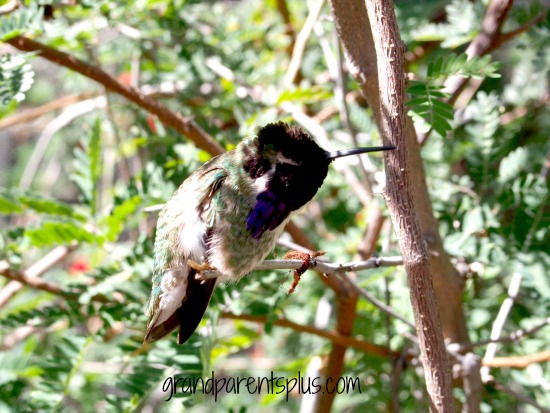 This Costa was not very cooperative and wouldn’t face the sun. The dark patch under his beak glows iridescent purple when in the sunlight.
This Costa was not very cooperative and wouldn’t face the sun. The dark patch under his beak glows iridescent purple when in the sunlight.
No one could identify this little hummer! It may be a juvenile which makes it hard to determine.
Hummingbirds mainly eat the nectar from flowers, but they also need protein. They get it by eating small insects on plants and catching them in the air.
Now, what’s not to love about these acrobats? I can’t wait until they come back to my garden!
Do you get many hummingbird varieties? Which one is your favorite?
Hope you enjoyed learning more about these amazing acrobats!
Thanks for stopping by,
Phyllis
It would be great to have you subscribe on the sidebar!
Follow on Pinterest or Bloglovin’, too.


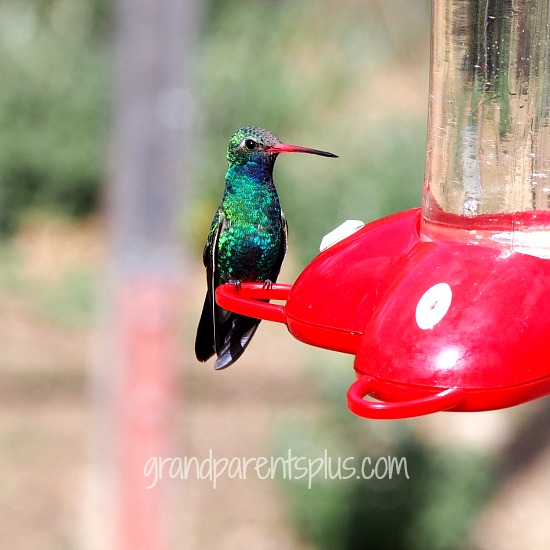
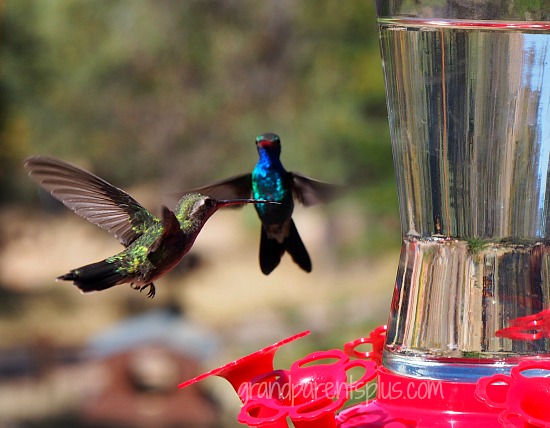
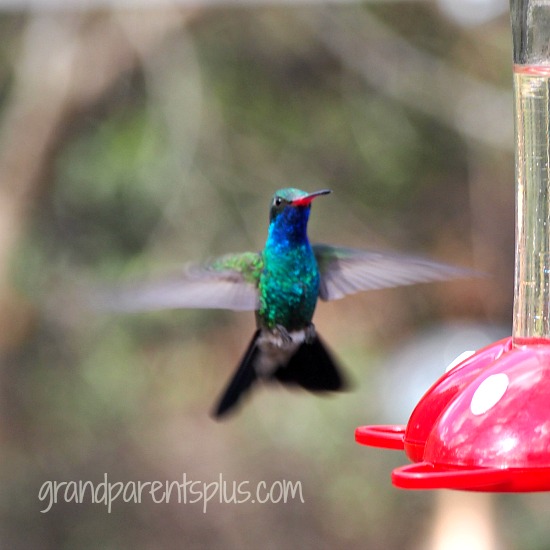
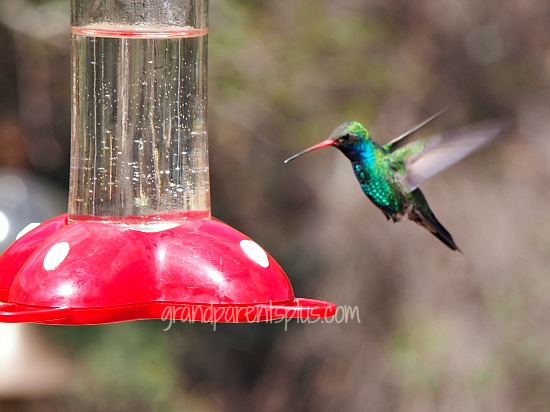
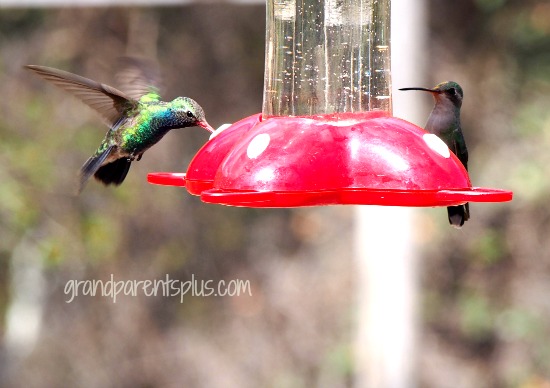
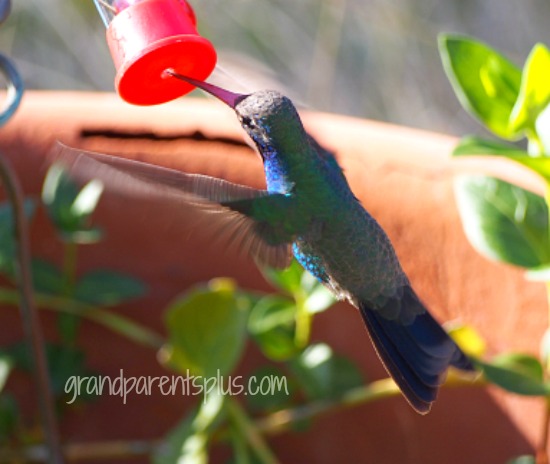
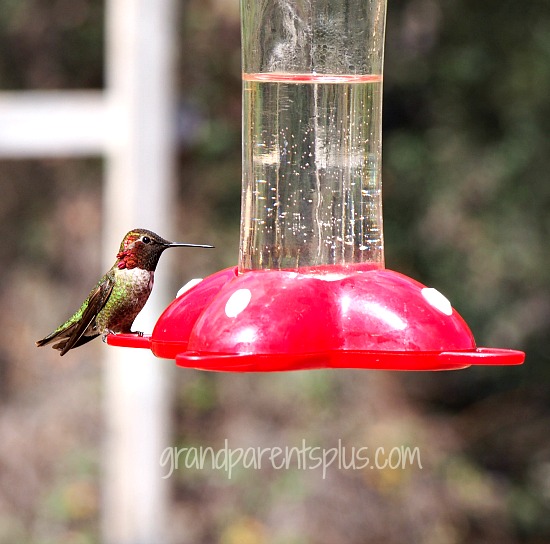
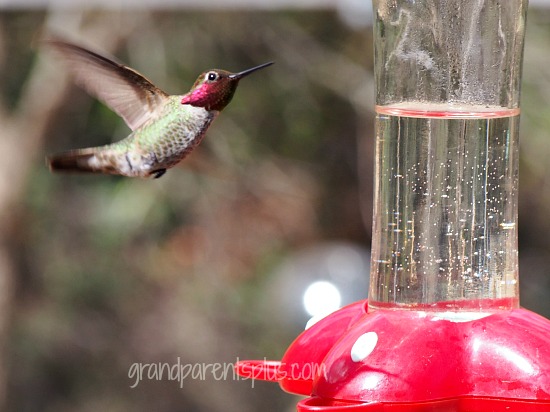
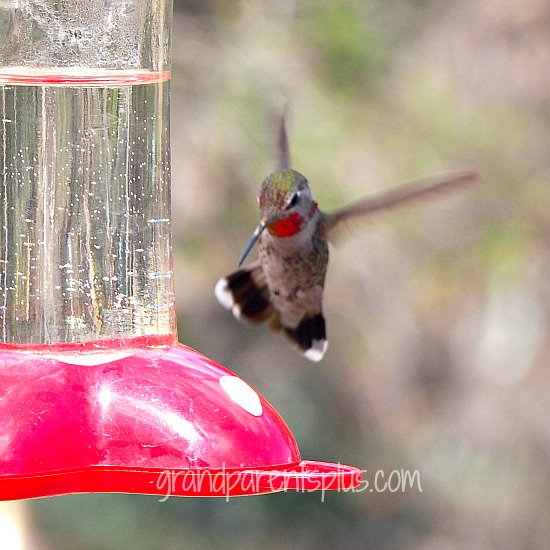
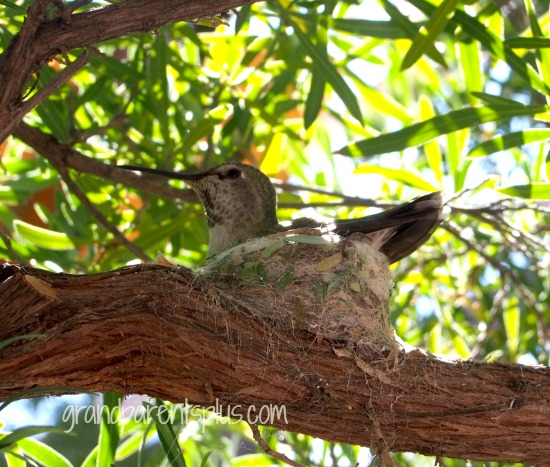
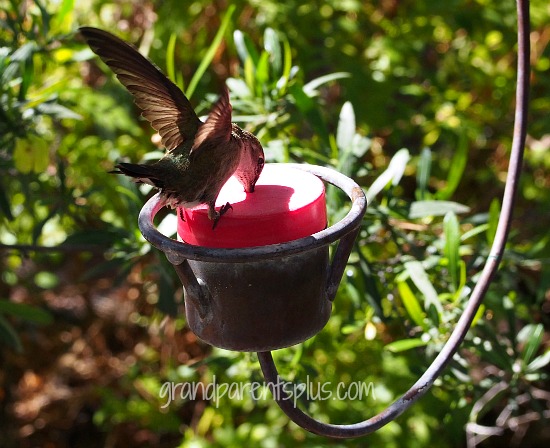
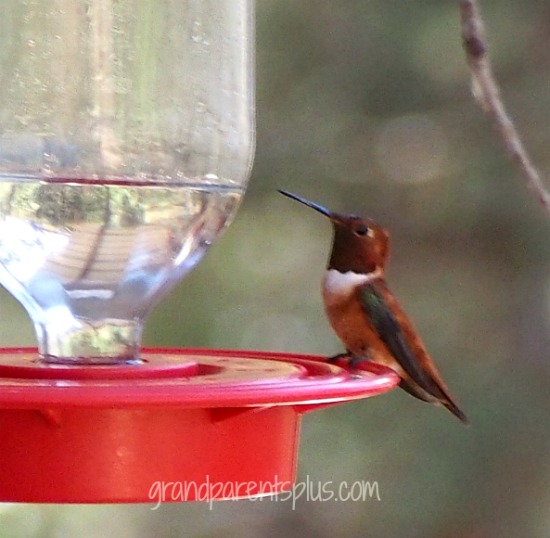
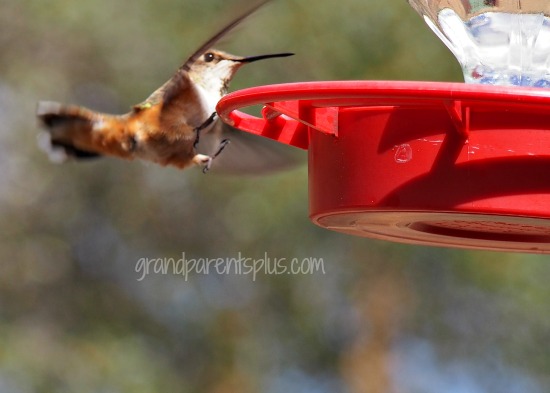

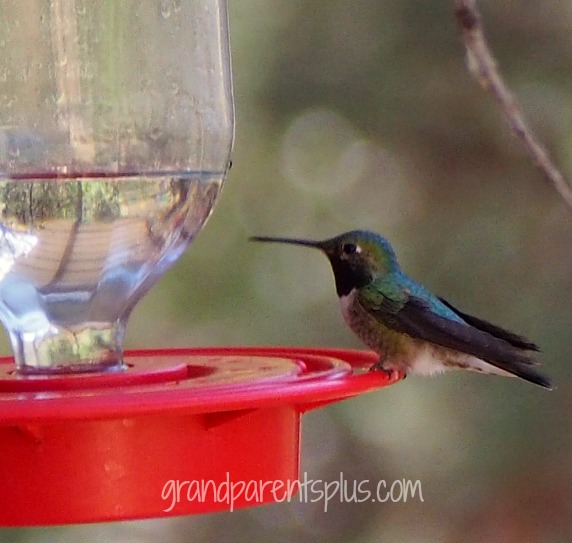

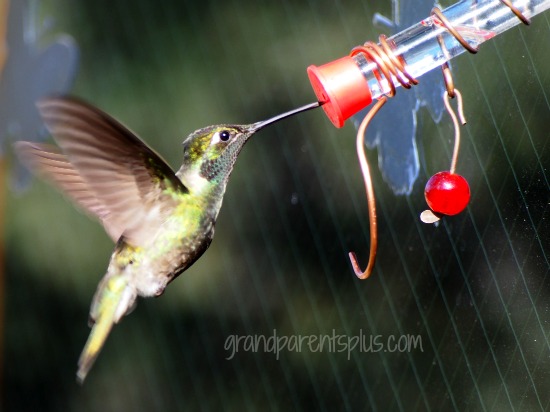
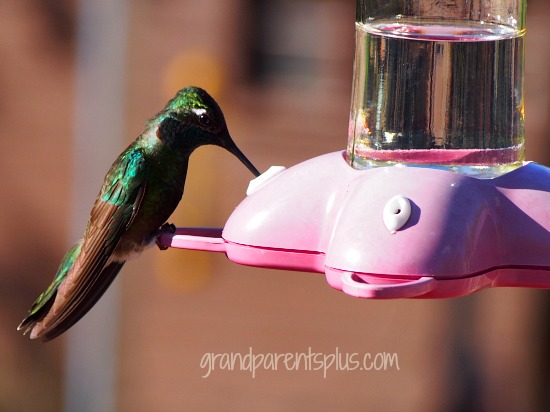

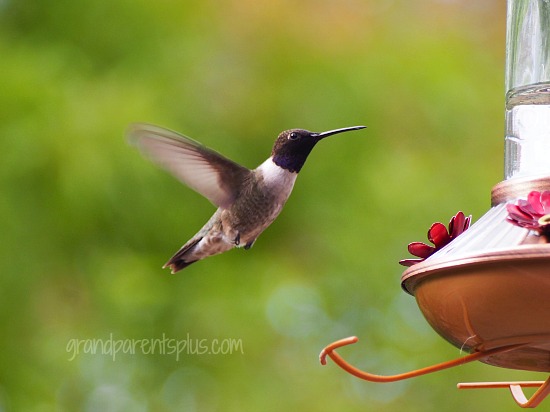
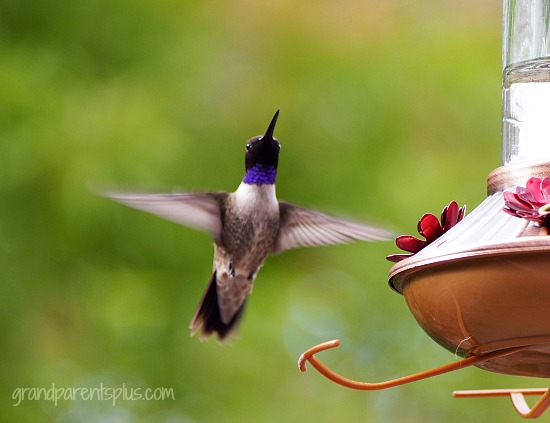
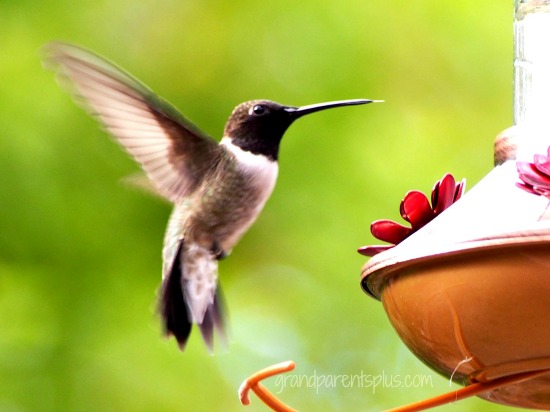
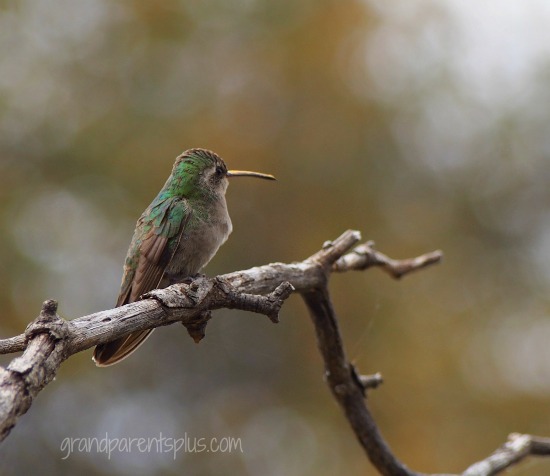
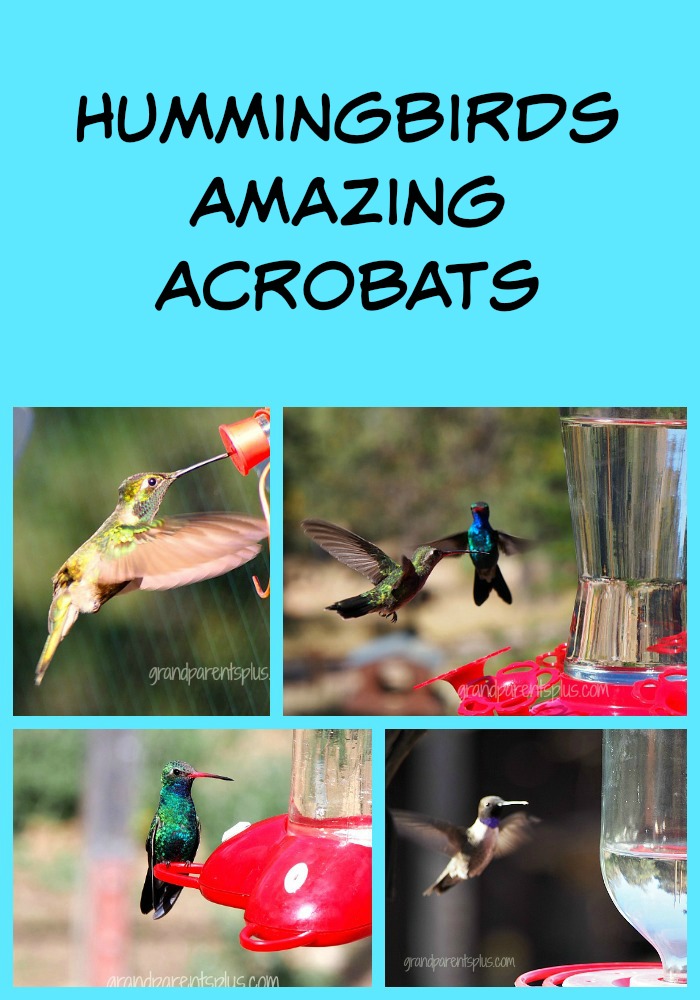
28 Responses to Hummingbirds – Amazing Acrobats